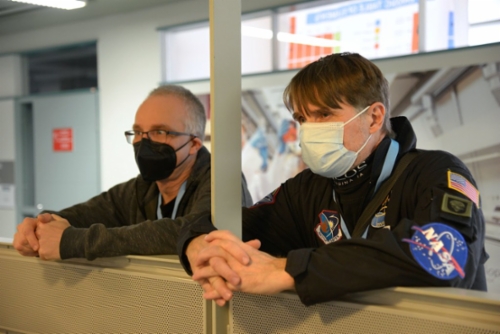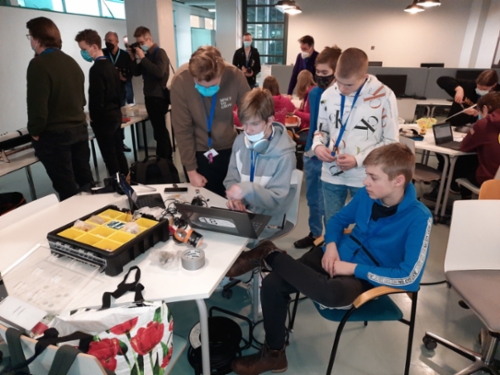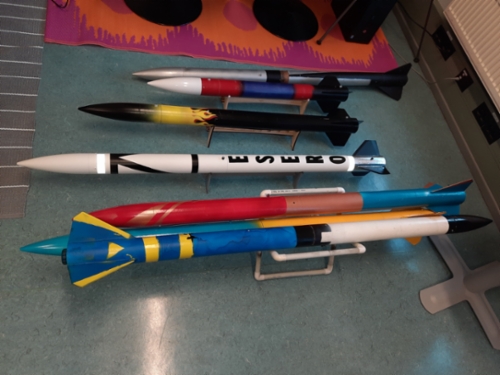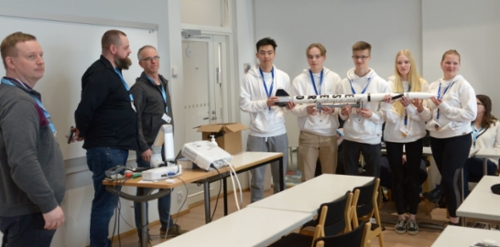CanSat 2022 competition in Vaasa 03-06.04.2022Wednesday 4/6/22 CanSat was now held for the first time in Finland. It was great to see how schoolchildren and students aged 14-19 were looking forward to participating in the event. They were devided in seven different groups that had been preparing the satellite for a few months to a couple of years. Covid -19 has postponed the CanSat event a few times. Students / young people have five main goals in the CanSat competition: 1. Perform a mandatory primary task, i.e. the built-in CanSat and the program should measure temperature and barometric pressure during launch and landing. To achieve the targets, the groups had been given a lot of information and ready-made components. The groups had typically spent hundreds of hours reaching their targets. Although the starting points were the same for every group, we saw seven different implementations. For example, radioactive measurement in the event of an accident at a nuclear power plant and measuring equipment to predict or prevent forest fires had been selected as secondary tasks for the satellite. Pupils had taken environmental considerations into account extensively, either in the measurements or in the structure of the satellites. Pieces of wood or metal, for example, had been used as satellite material.
On Sunday 03.04.2022 we looked at the technical features of the CanSat satellites. The group of the Finnish Astronautical Society (SATS), Matti Lepomäki, Timo Toivanen, Mika Jalava and I toured the groups and gave advice and instructions if necessary. We prepared for the next day’s rocket launch together. Some of the groups had to make some fixes to the satellites and work started without hesitation. Some of the groups worked until night.
SATS had made rockets capable of launching a 300-350 gram CanSat satellite at an altitude of 500 meters. The altitude of 500 meters was good for this purpose, because then the flight of the rocket and the landing of the satellite could be followed from the ground. SATS acted like SpaceX, which also manufactures and launches rockets with an agreed load. The rockets were 100-150 cm long, weighed 1-1.5 kg with cargo, and reached speeds of hundreds of kilometers per hour within three seconds of launching the rocket. The rockets used Class G engines (Cesaroni Technology Proj29 G54) that burned ammonium perchlorate.
On Wednesday, April 6, 2022, all results were presented and evaluated. The three-member jury of the competition selected the two best groups. The groups were BATSAT from Finland and FSA from Sweden. They won a seat in the European finals, which will be held in June 2022. CanSat could be the starting point for the careers of new space engineers or astronauts. The space sector will employ a large number of employees in the near future. Maybe in 10 years we will hear a successful Finnish space engineer sharing his experiences of the CanSat 2022 competition…
CanSat is held annually. The Finnish Astronautical Society will be happy to help organize the event in the future. Pictures: Vesa Heilala, SATS and Jan Holmgård, ESERO Finland More pictures: Jan Holmgård, ESERO Finland |









